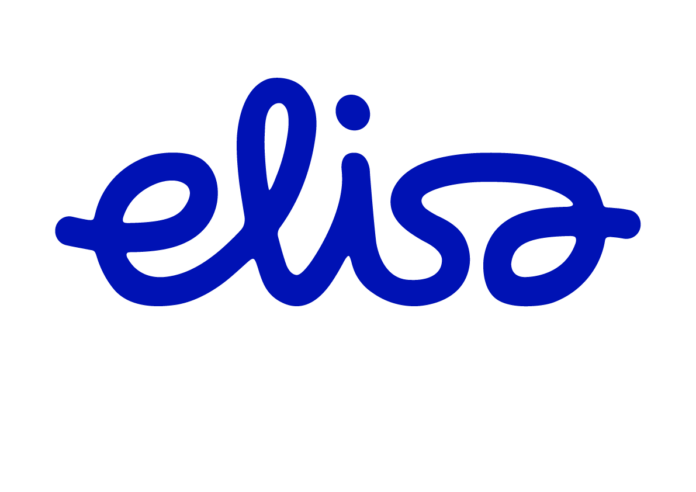Elisa said the 5G-Advanced demo was held at the Nokia Arena in Tampere, in Finland
Finnish communications service provider Elisa and Nokia claimed to be the first to showcase 5G-Advanced L4S technology for real-time applications in congested network environments in the Nordics.
Nokia and Elisa explained that this new technology feature in 5G Advanced standalone networks called Low Latency, Low Loss, Scalable Throughput or L4S, helps 5G network users stream content seamlessly in congested radio network environments such as at concerts or sports events.
In 2022, L4S was adopted in 3GPP 5G-Advanced Release 18 to support Extended Reality (XR) over 5G networks.
The trial, which was held at the Nokia Arena in Tampere, Finland, utilized Nokia’s 5G AirScale portfolio over Elisa’s live 5G Standalone network. During the trial, two smartphones were used in a congested network to play the same footage. However, only one of these phones utilized L4S technology, Nokia noted. The non-L4S enabled device would halt immediately when attempting to load the streaming content, while the L4S content streamed instantly. Both companies worked with streaming company Kepit Systems and Immersal, a technology provider for augmented reality (AR) real-time applications, to test different metaverse based use cases.
Kalle Lehtinen, CTO at Elisa, said: “In this successful trial with Nokia, we have demonstrated how we are continuing to push the boundaries of our 5G network and deliver scalable, premium services.
“5G Advanced will usher in a host of incredible features that will elevate the 5G network to its fullest and richest capabilities. The L4S feature is really just beginning of what will be possible but will enhance the experience of people at crowded events streaming content,” said Ari Kynäslahti, head of strategy and technology at Nokia Mobile Networks.
Last month, Ericsson partnered with Elisa and Qualcomm Technologies to demonstrate high uplink speeds in a commercial 5G Standalone (SA) network.
During the trial, the three partners achieved an upload speed of 230 Mbps in a live 5G network using uplink carrier aggregation. For this test, the companies combined a 25-megahertz 2.6 GHz FDD channel with a 100-megahertz 3.5 GHz TDD channel, running on a mobile test device powered by Snapdragon X75 5G modem-RF system.
Ericsson noted that its uplink carrier aggregation software combines mid-band FDD and mid-band TDD within the frequency range 1 (FR1), boosting speeds to enable uplink-heavy applications such as live streaming, broadcasts, cloud gaming, extended reality and video-based use cases.
In 2022, Elisa, together with Nokia and Qualcomm, reached record-breaking 5G uplink speeds of 2.1 Gbps in a live demonstration at the Nokia Arena in Tampere.

